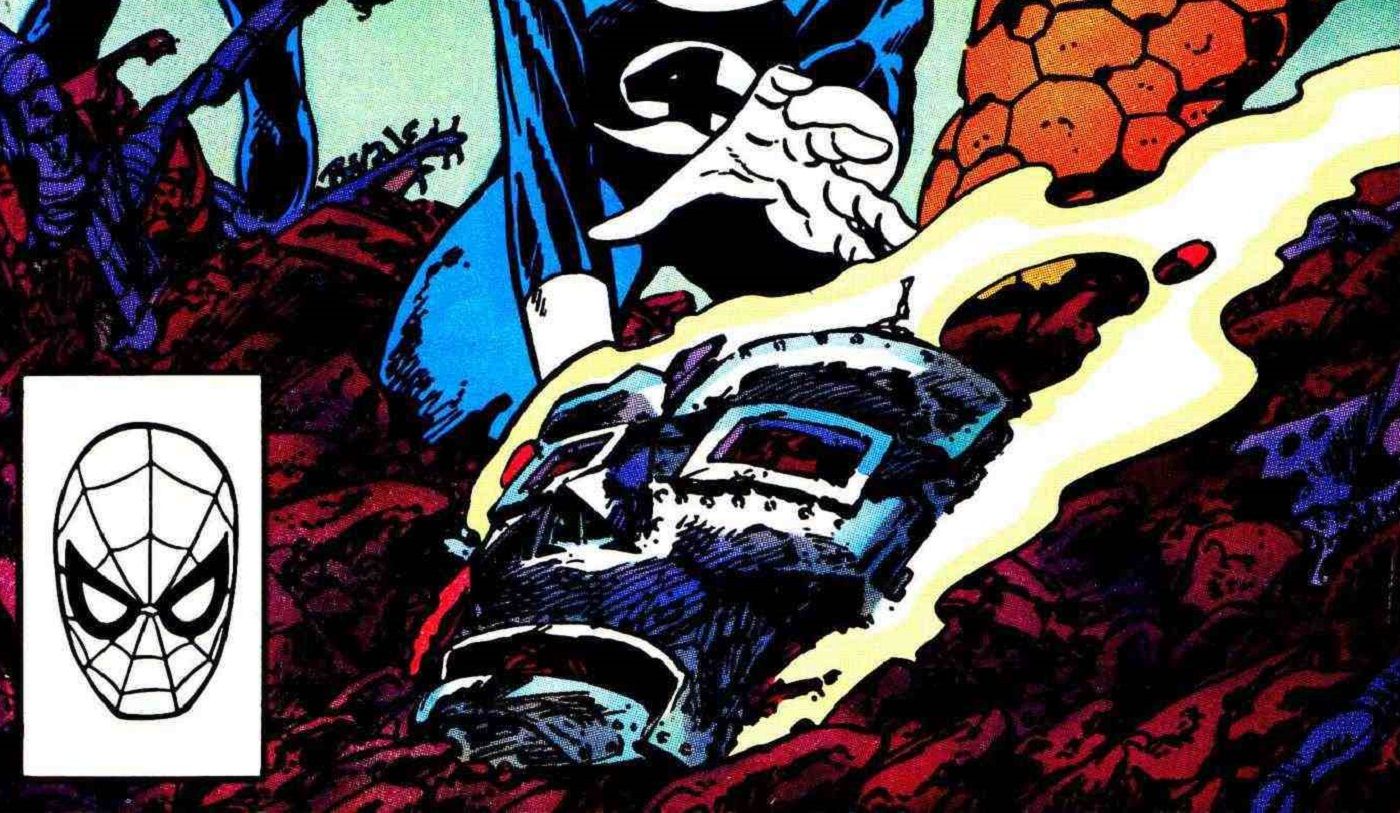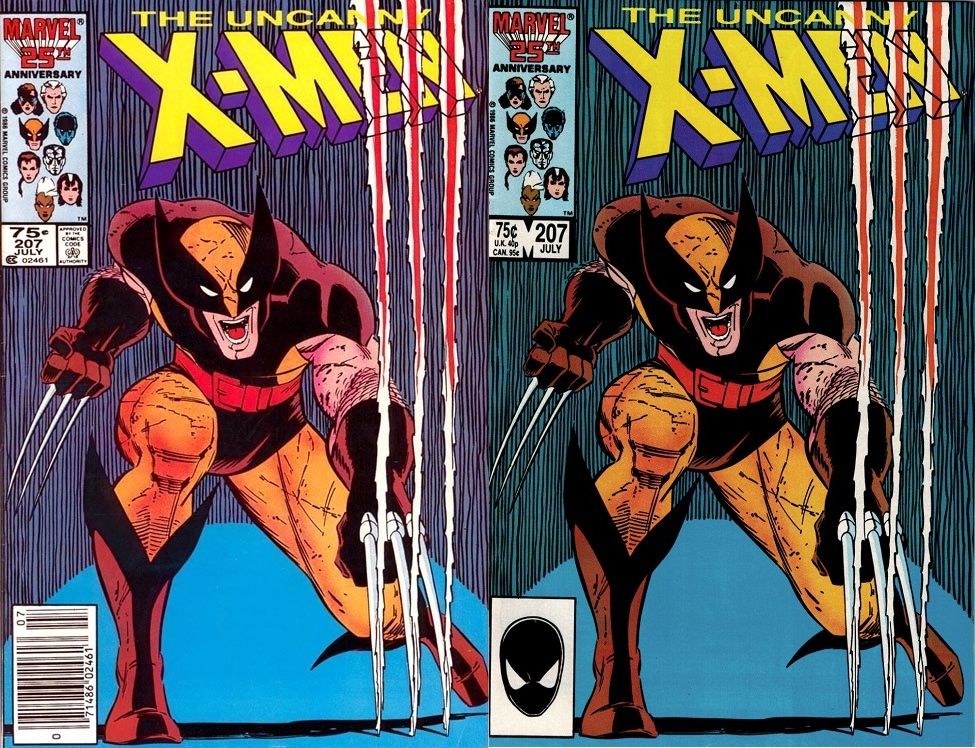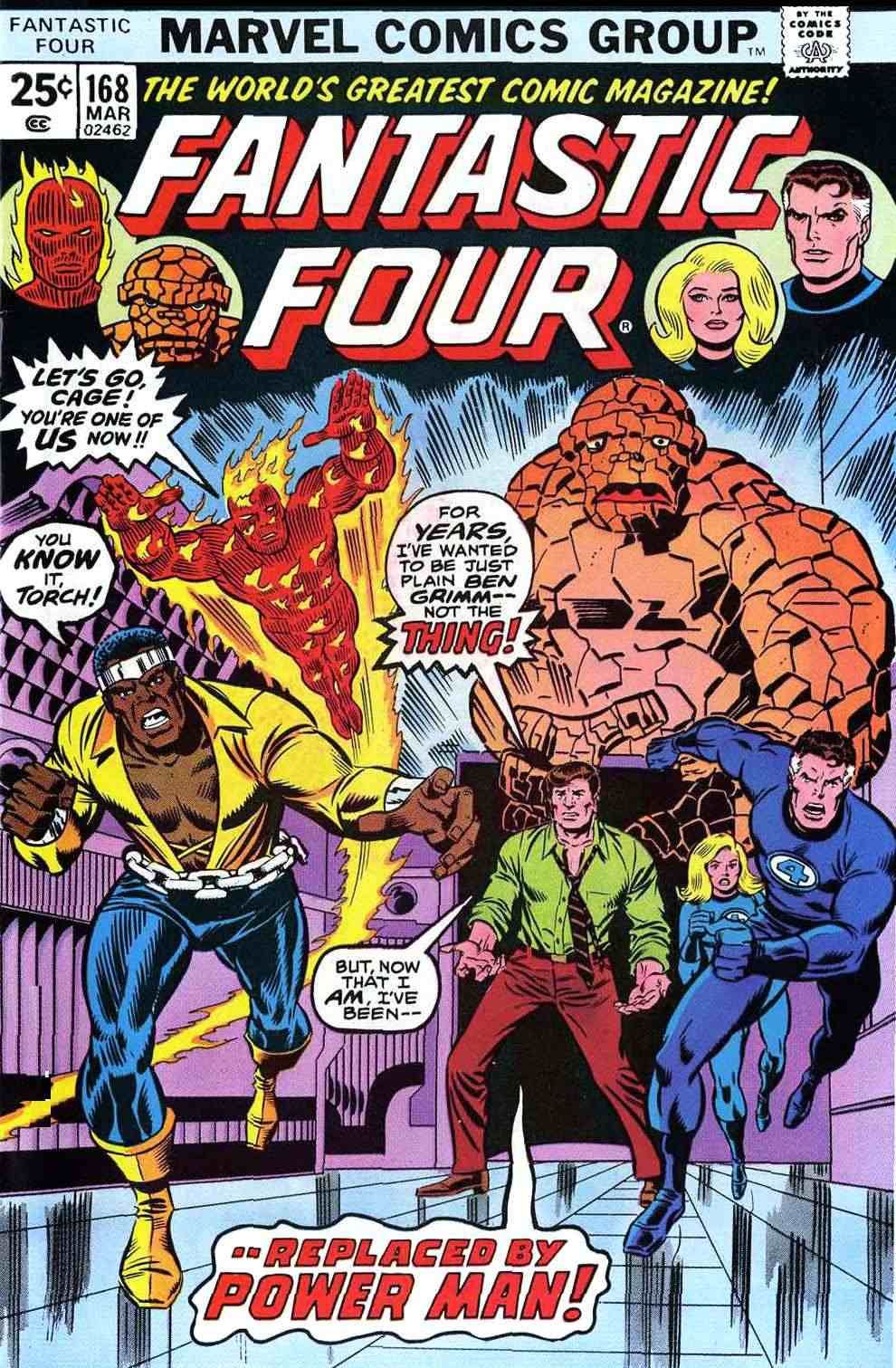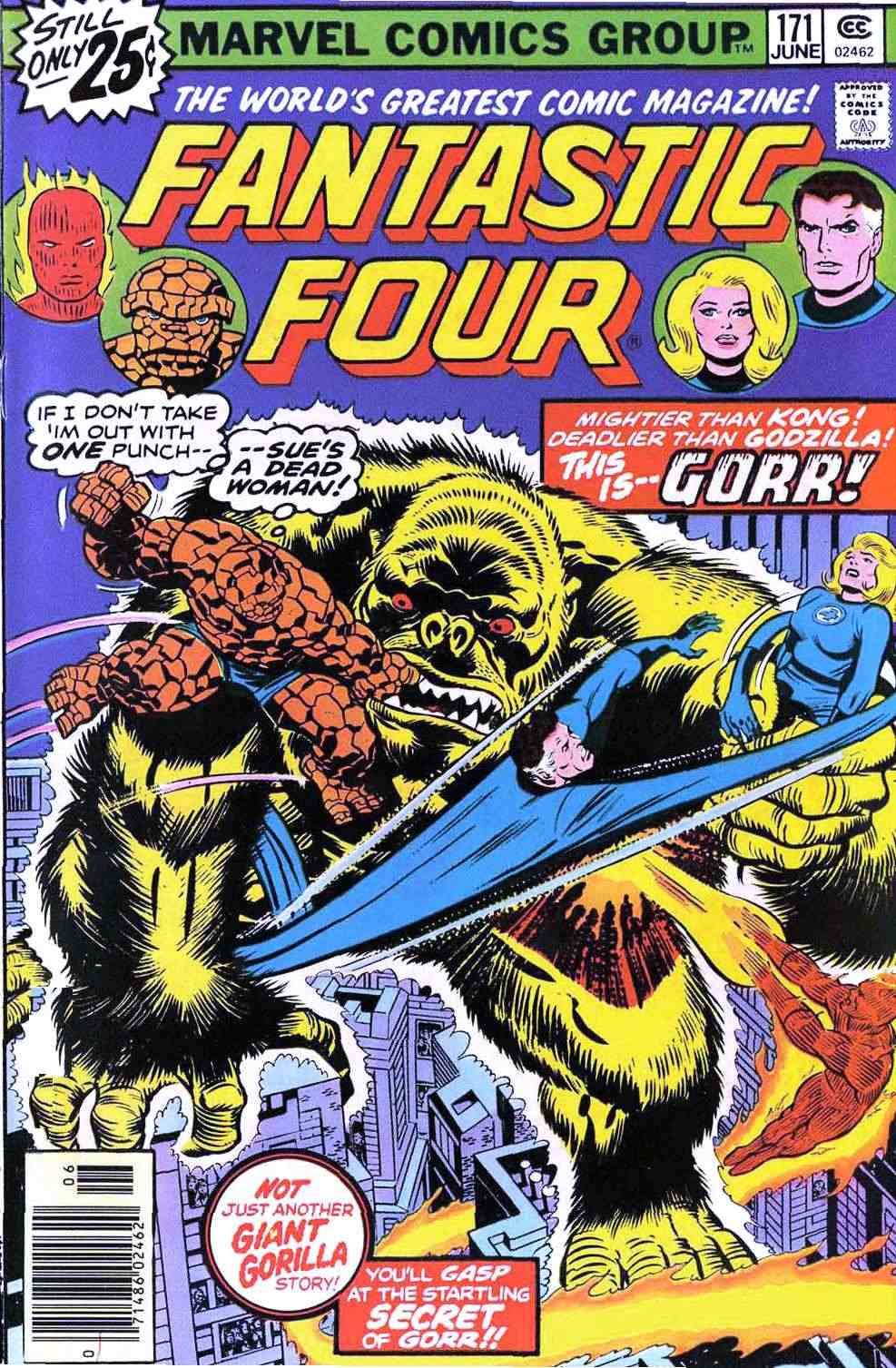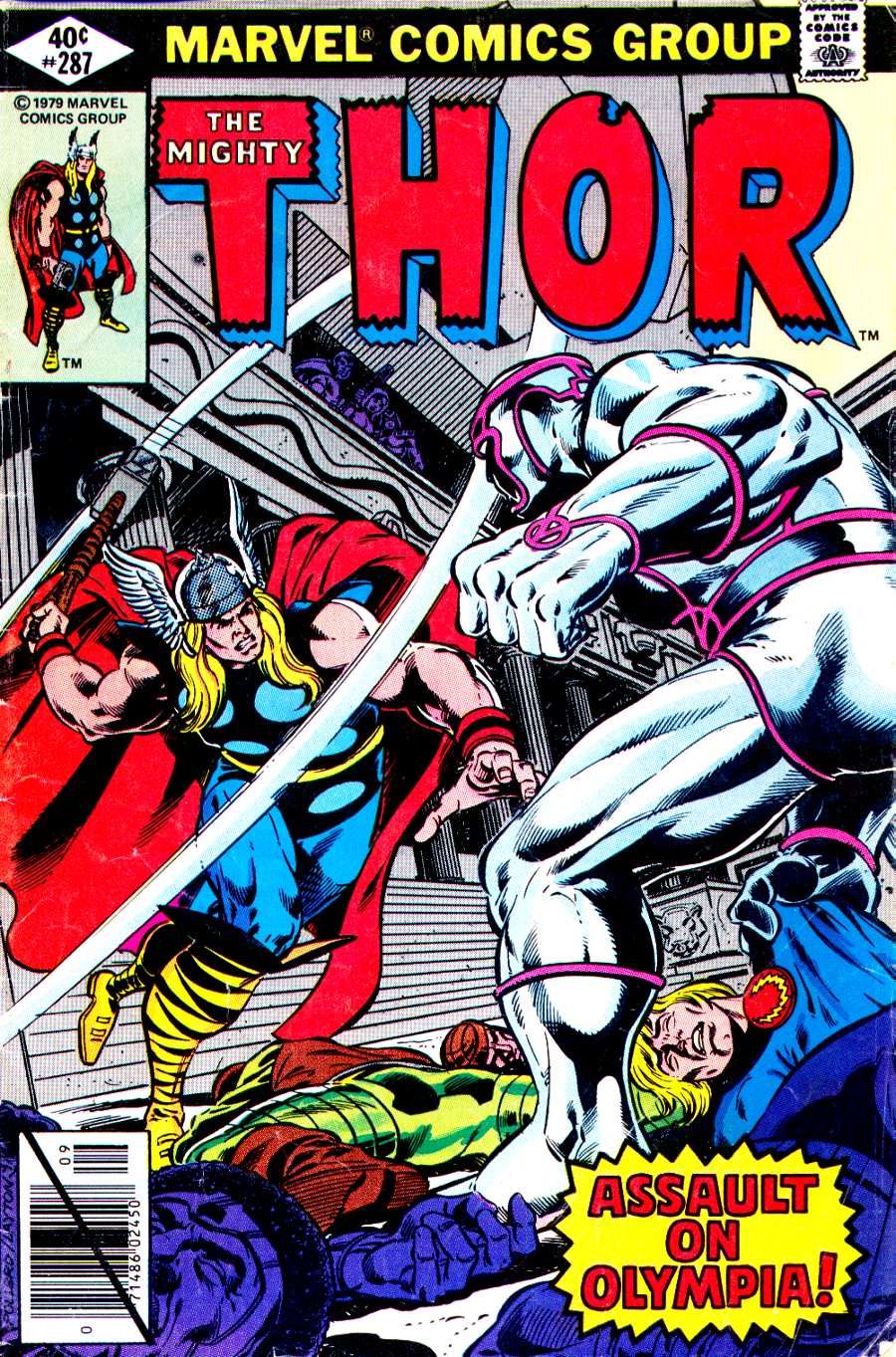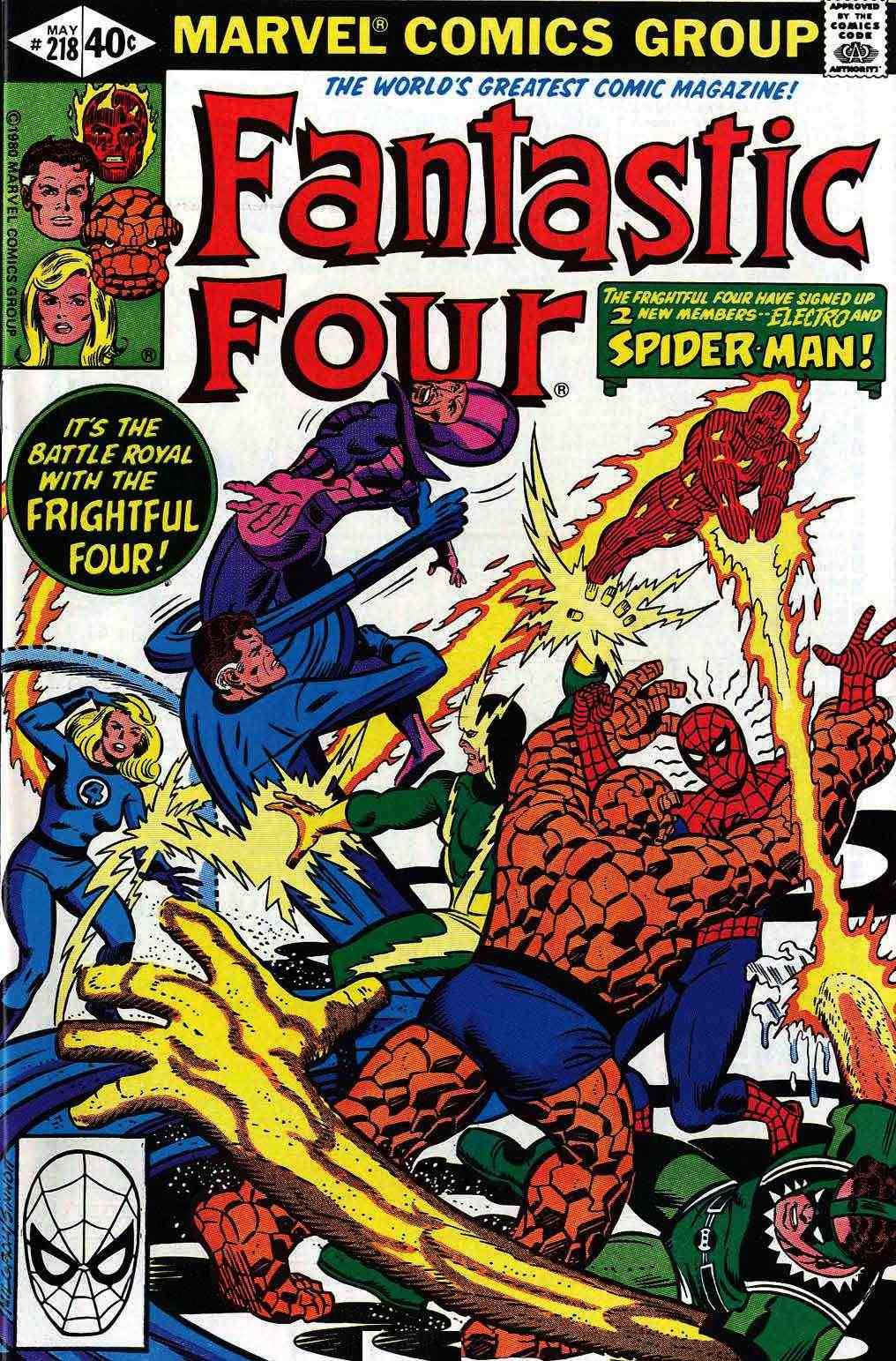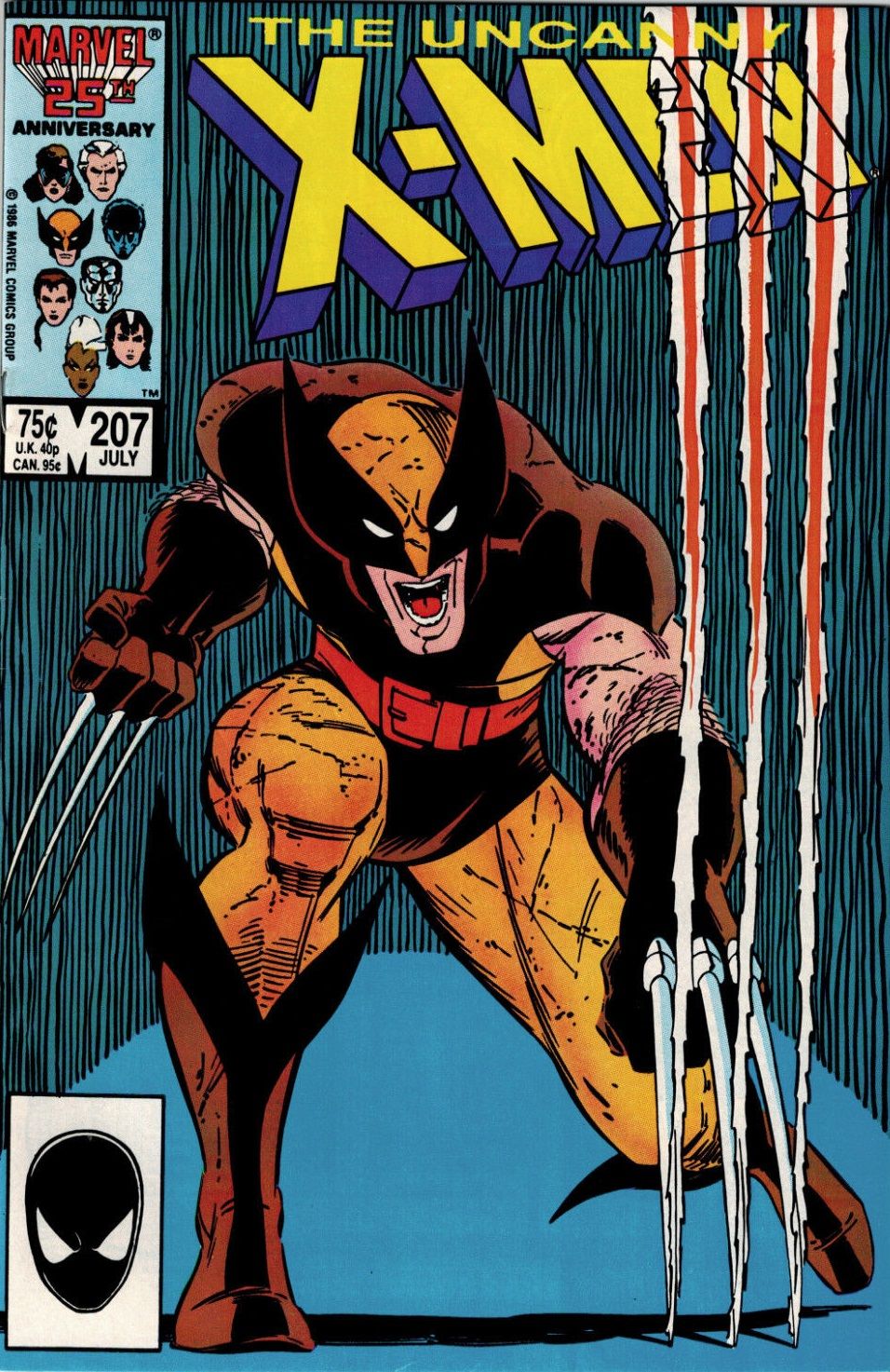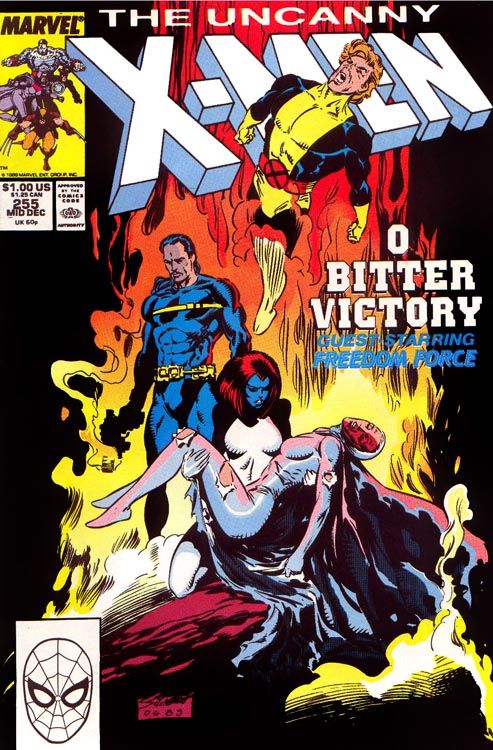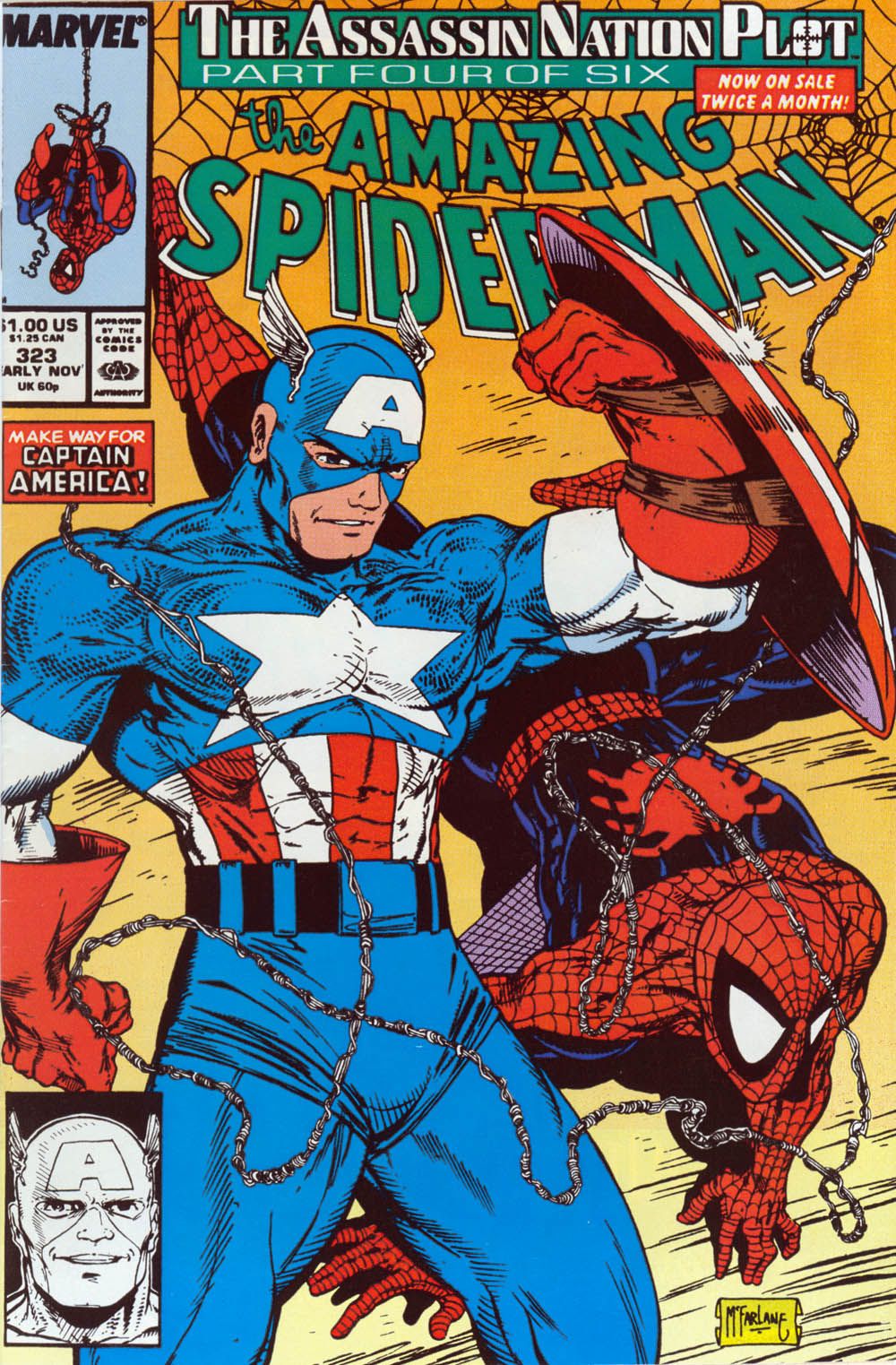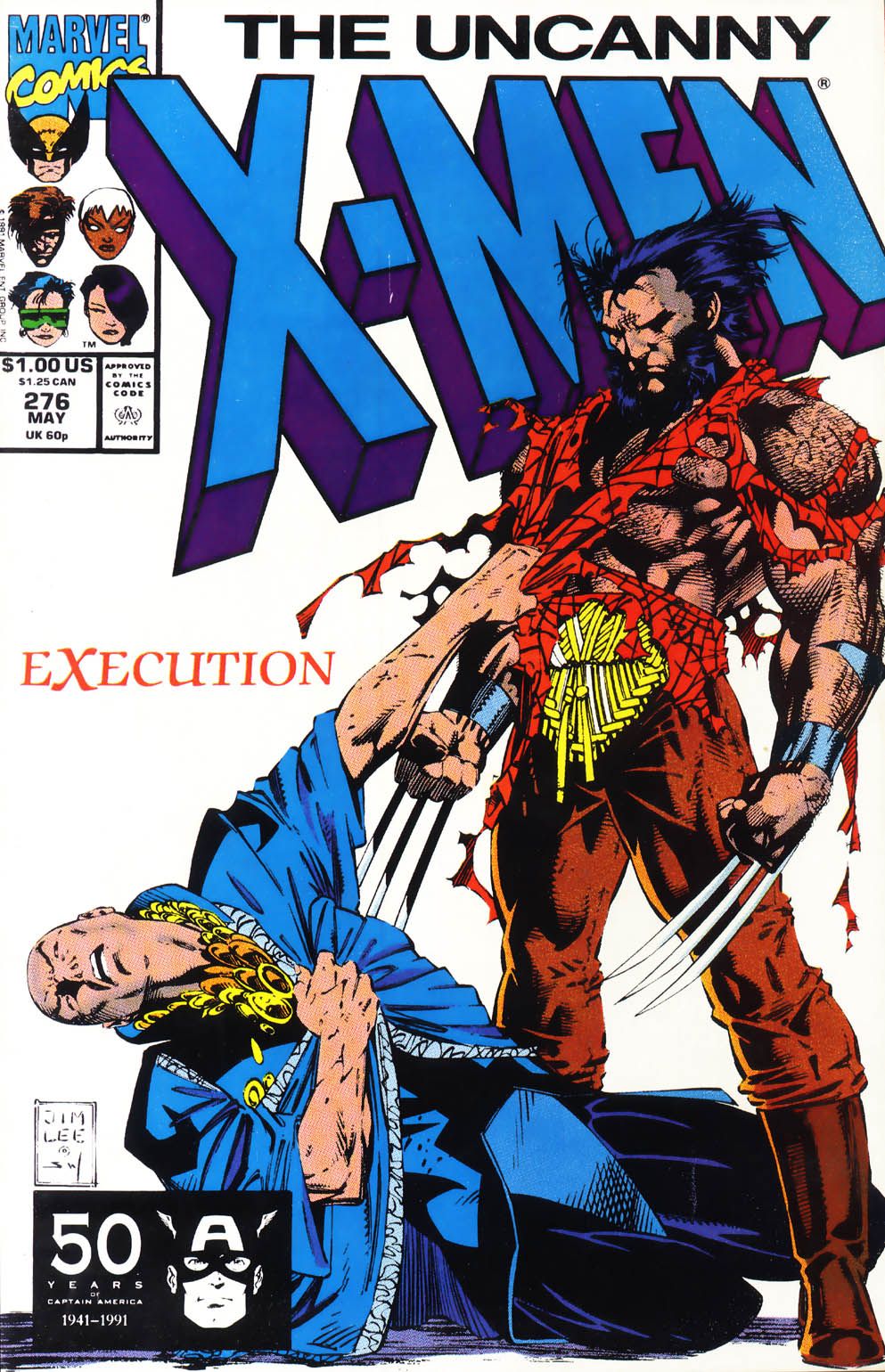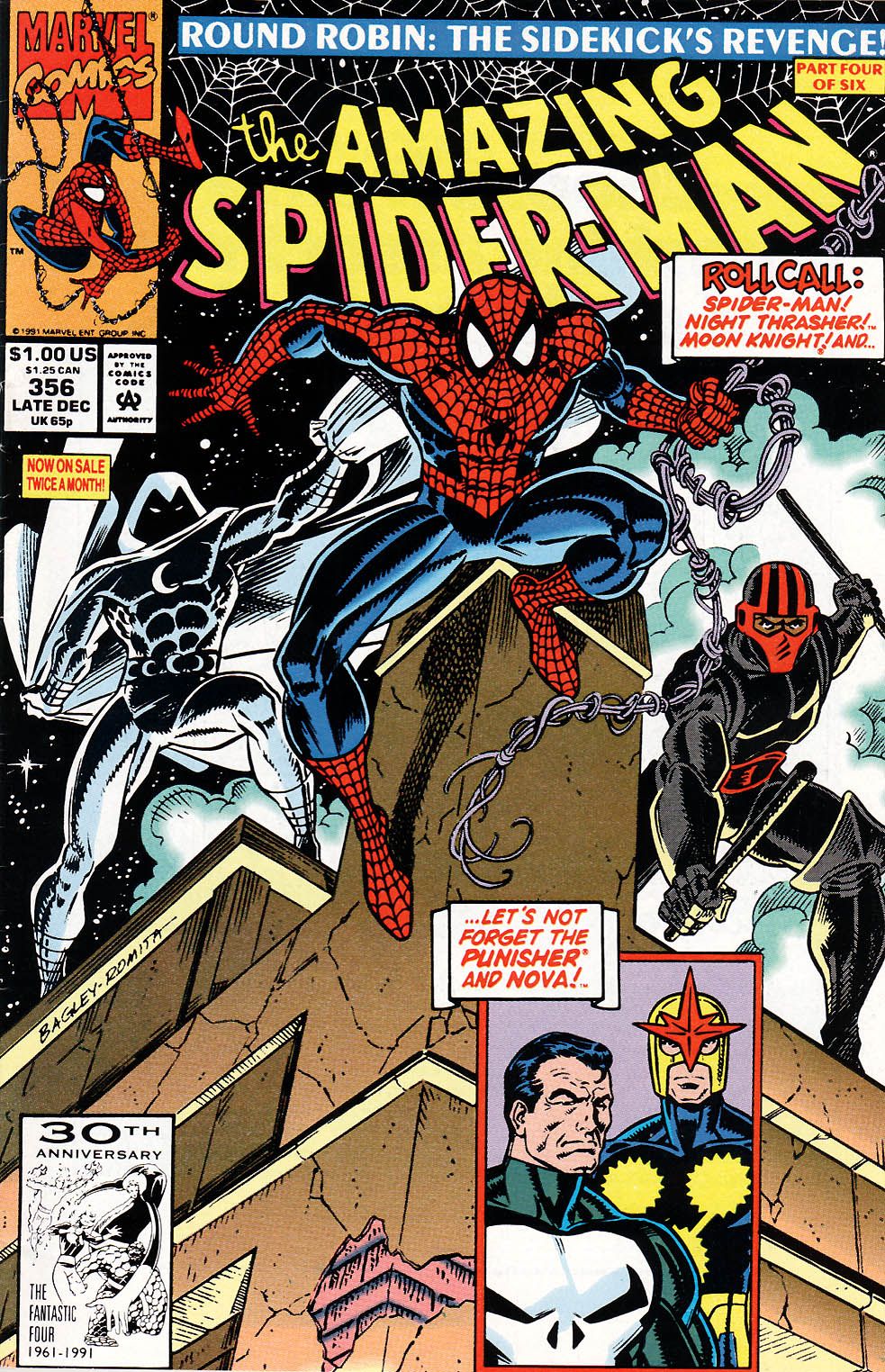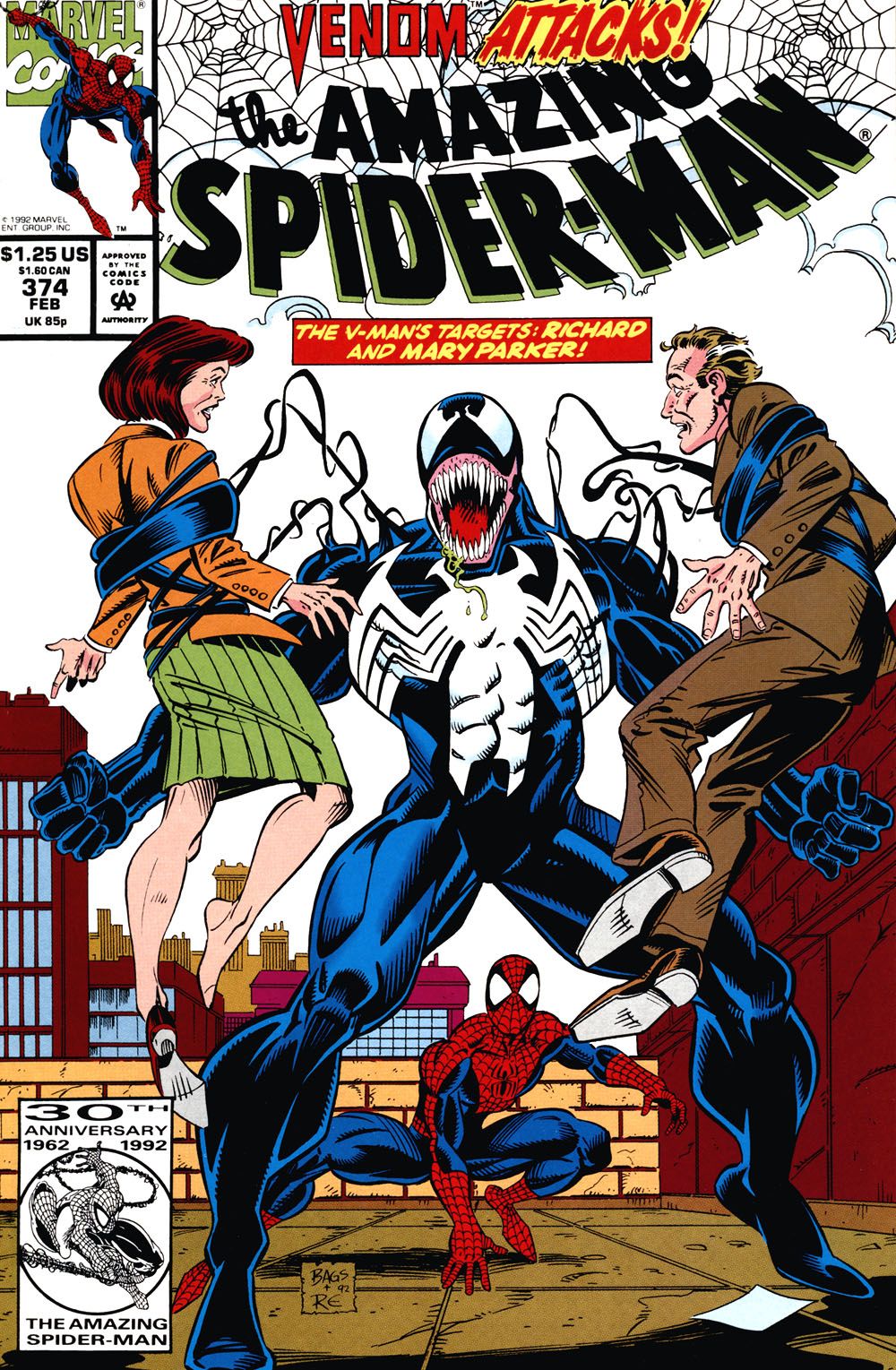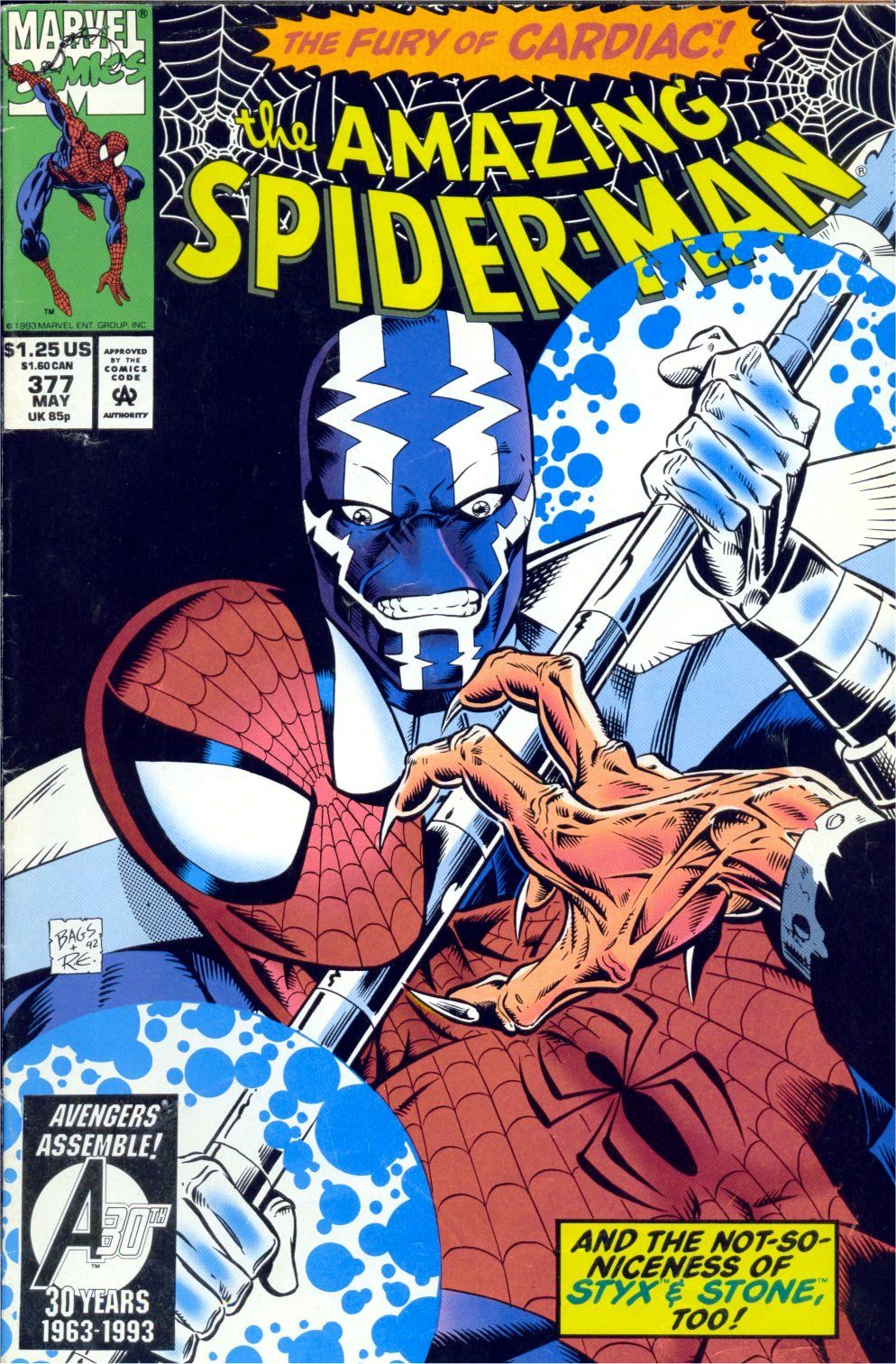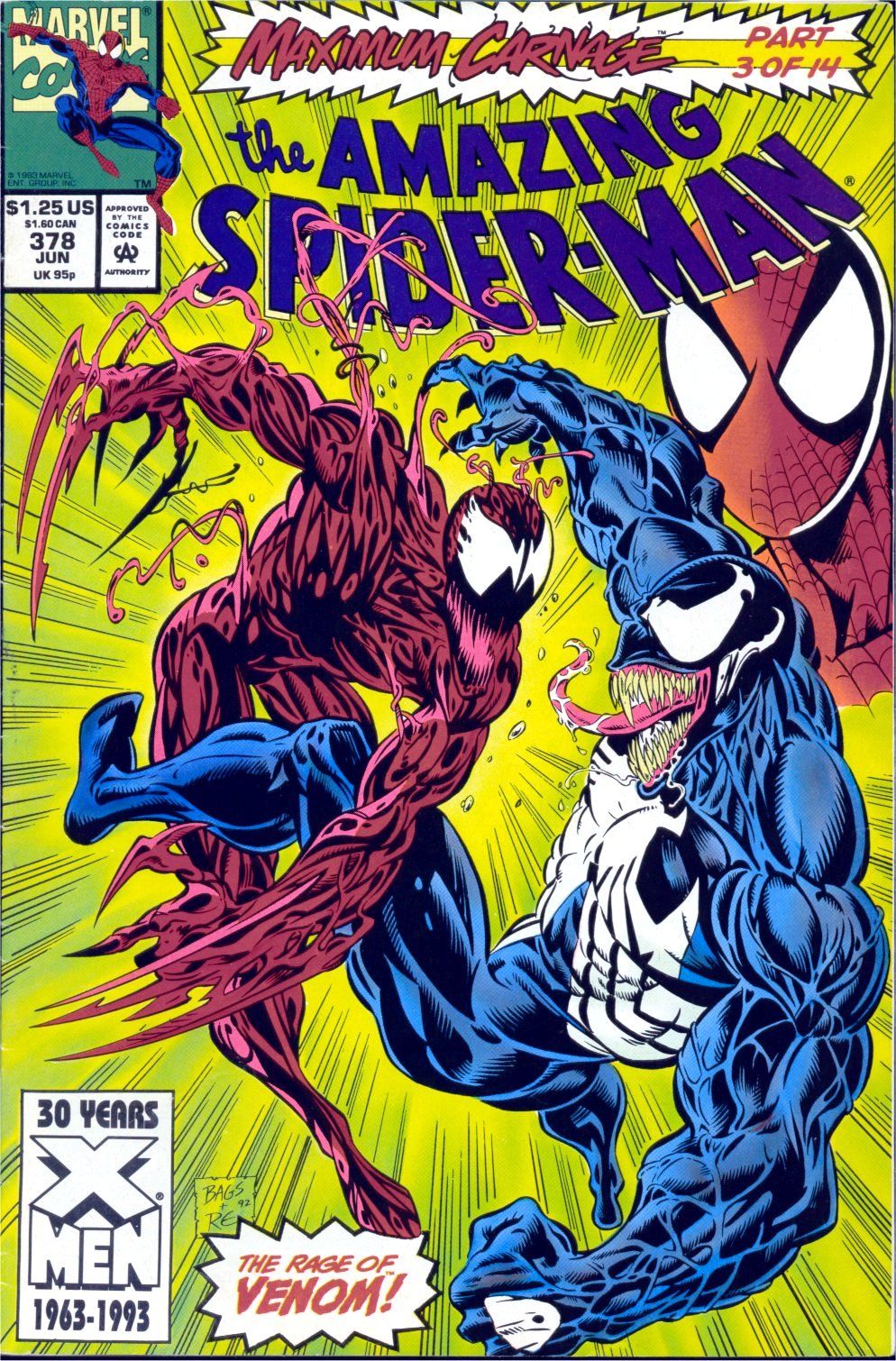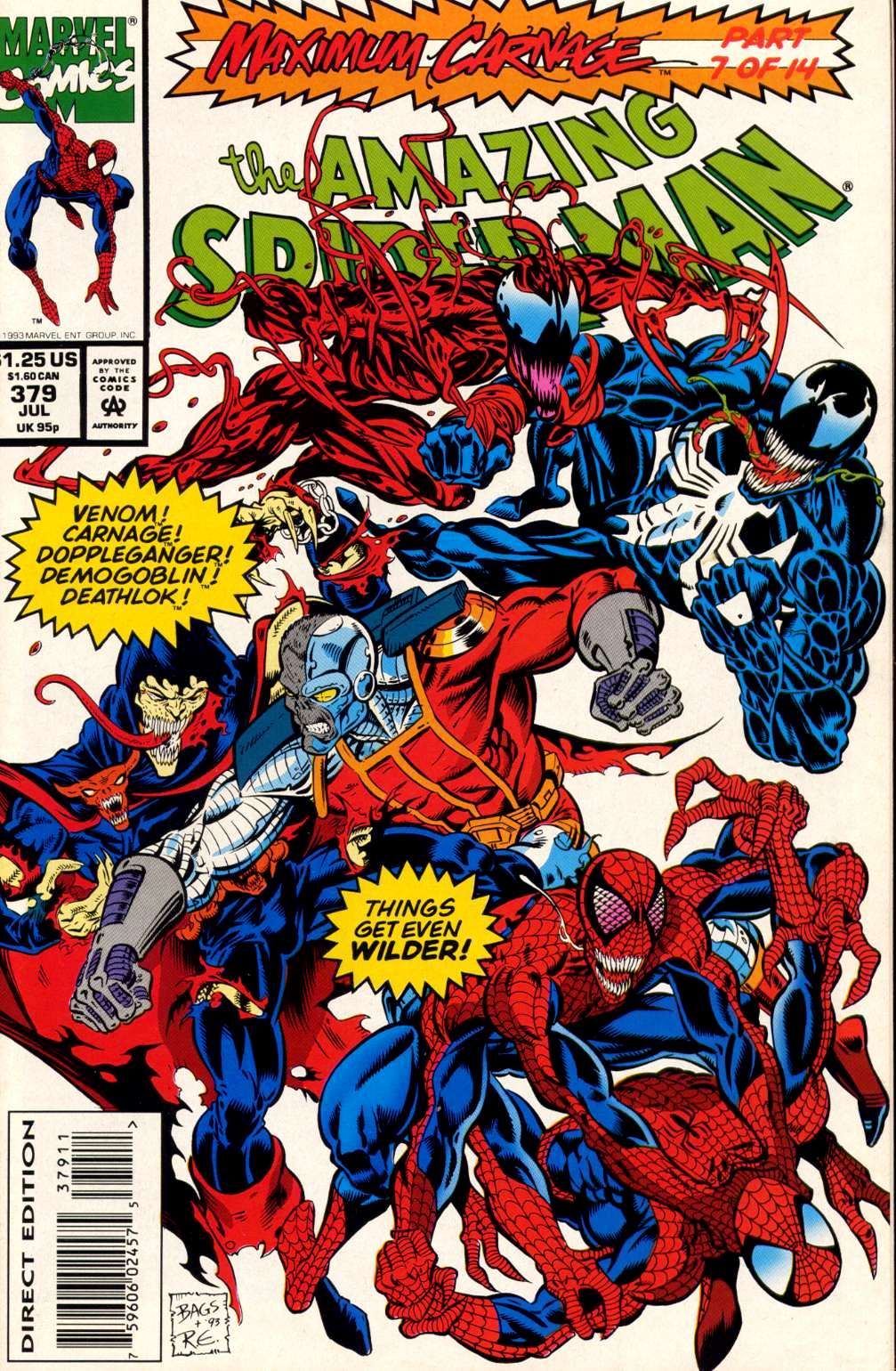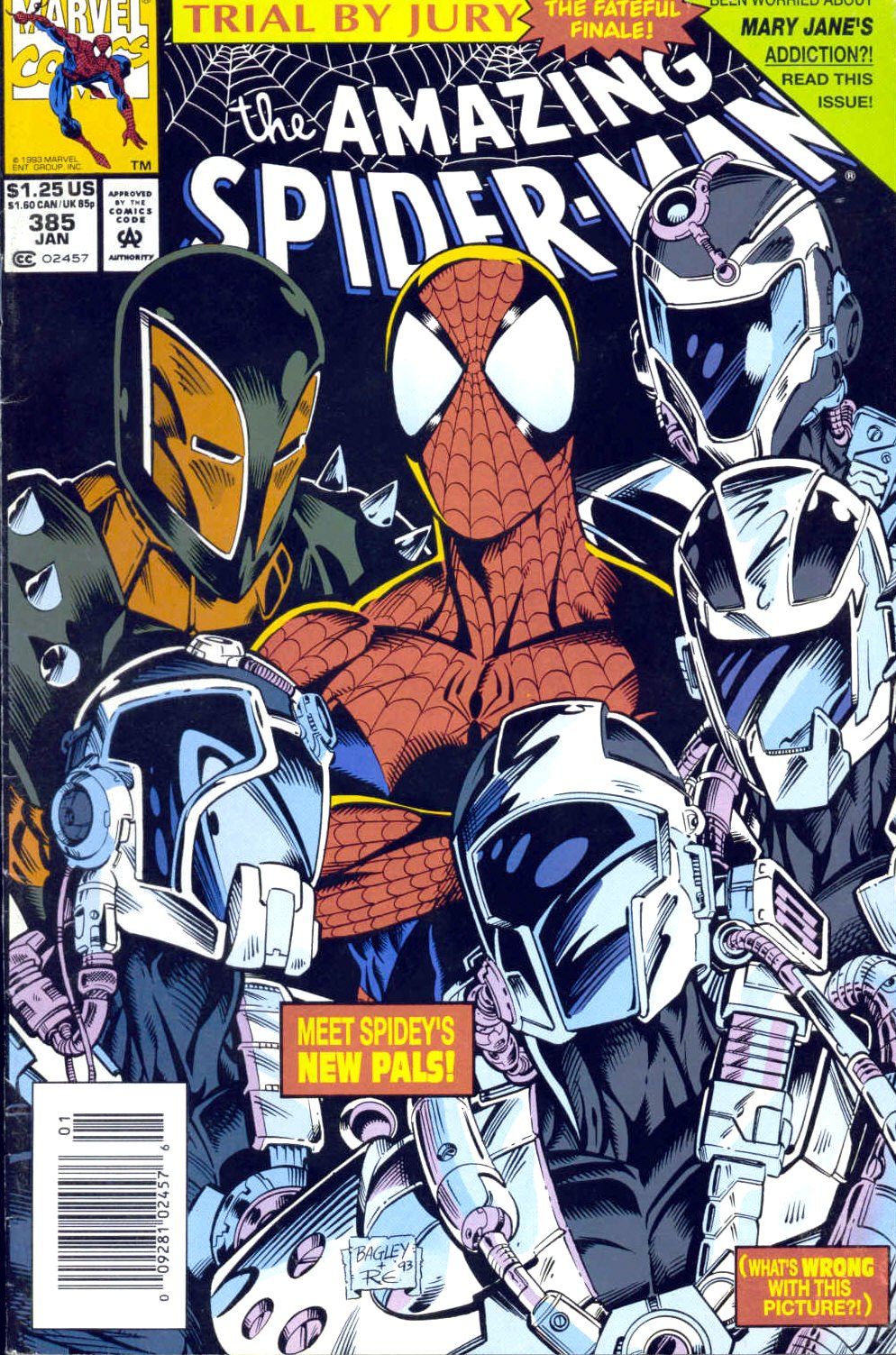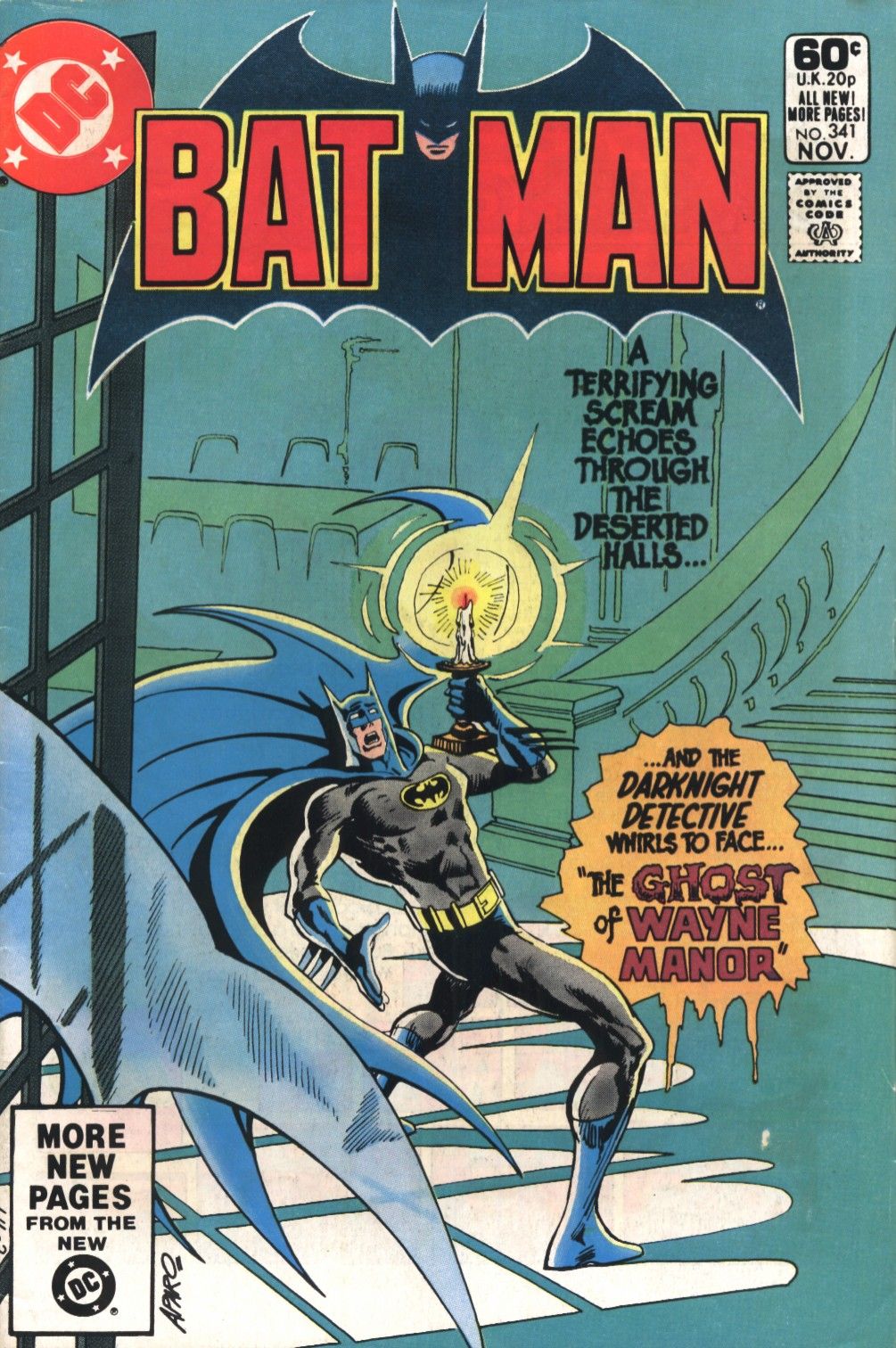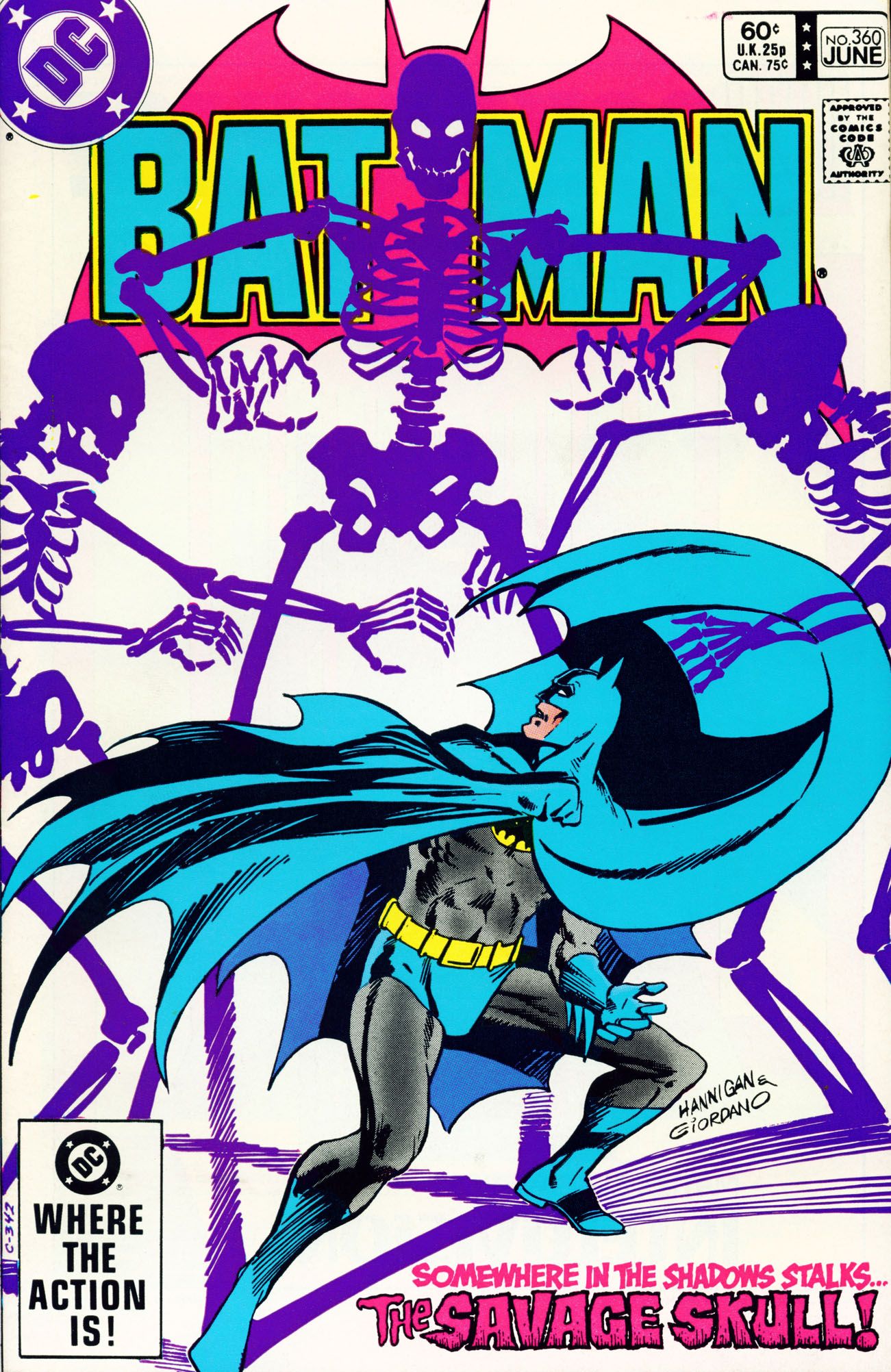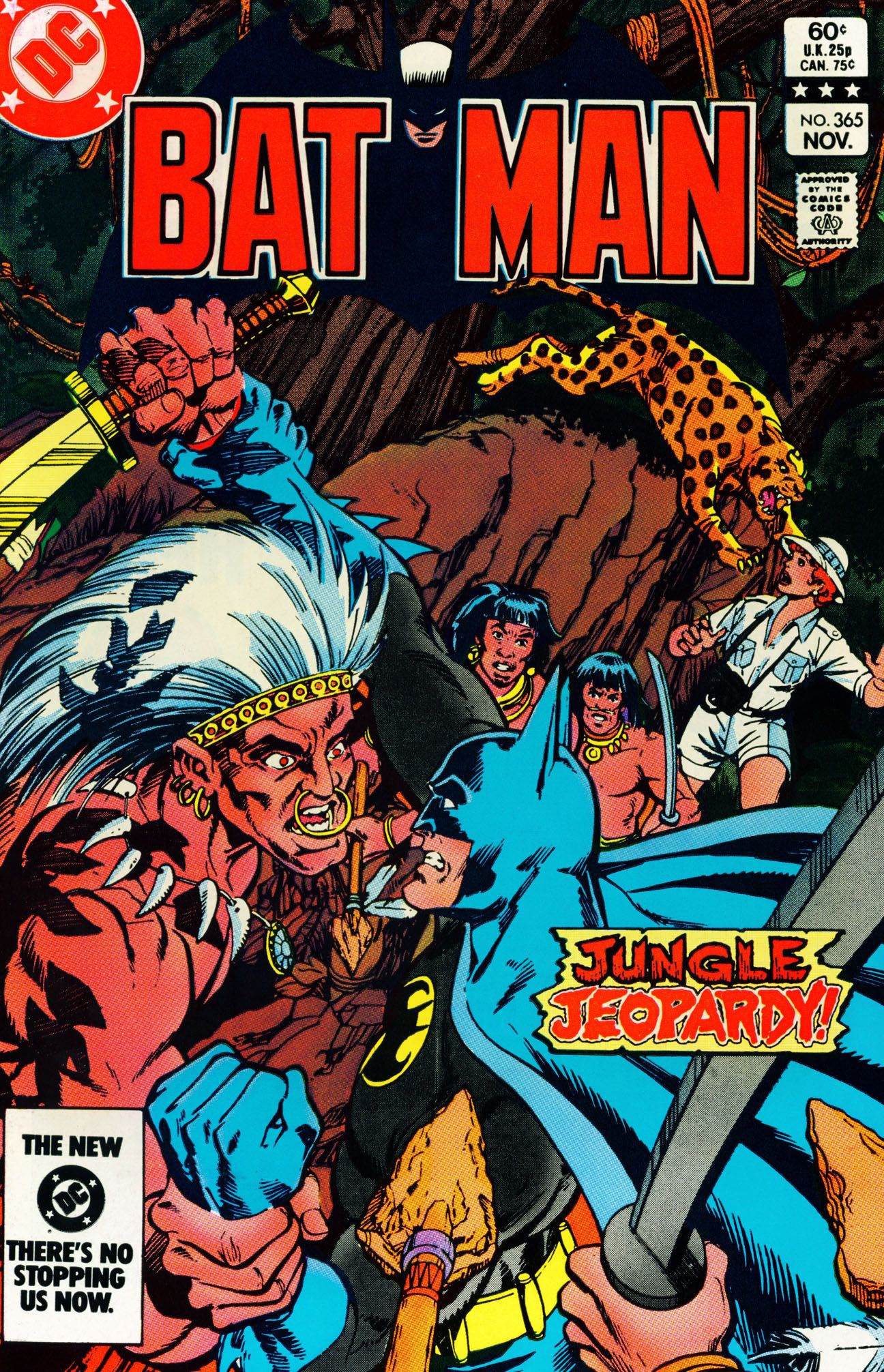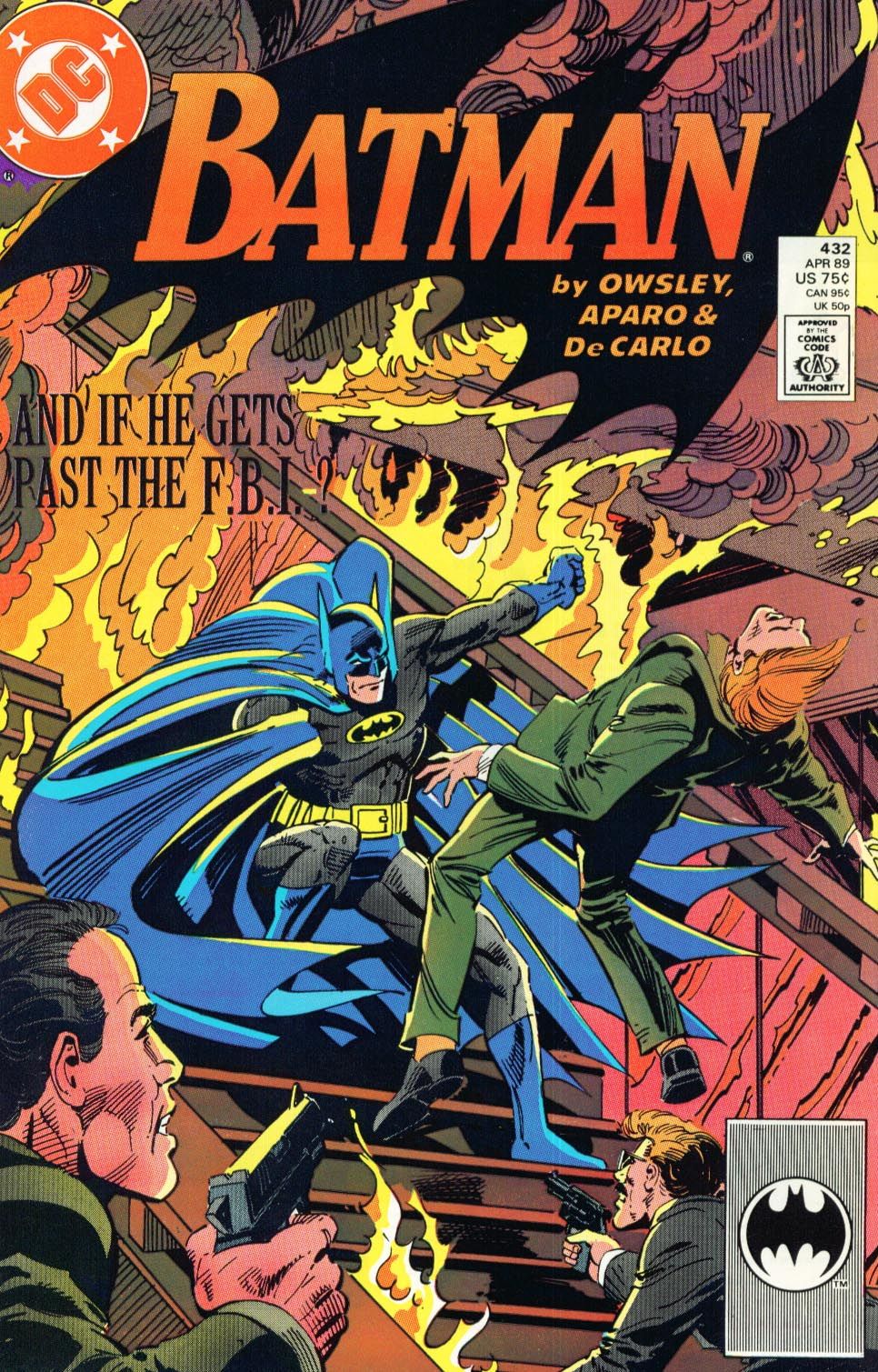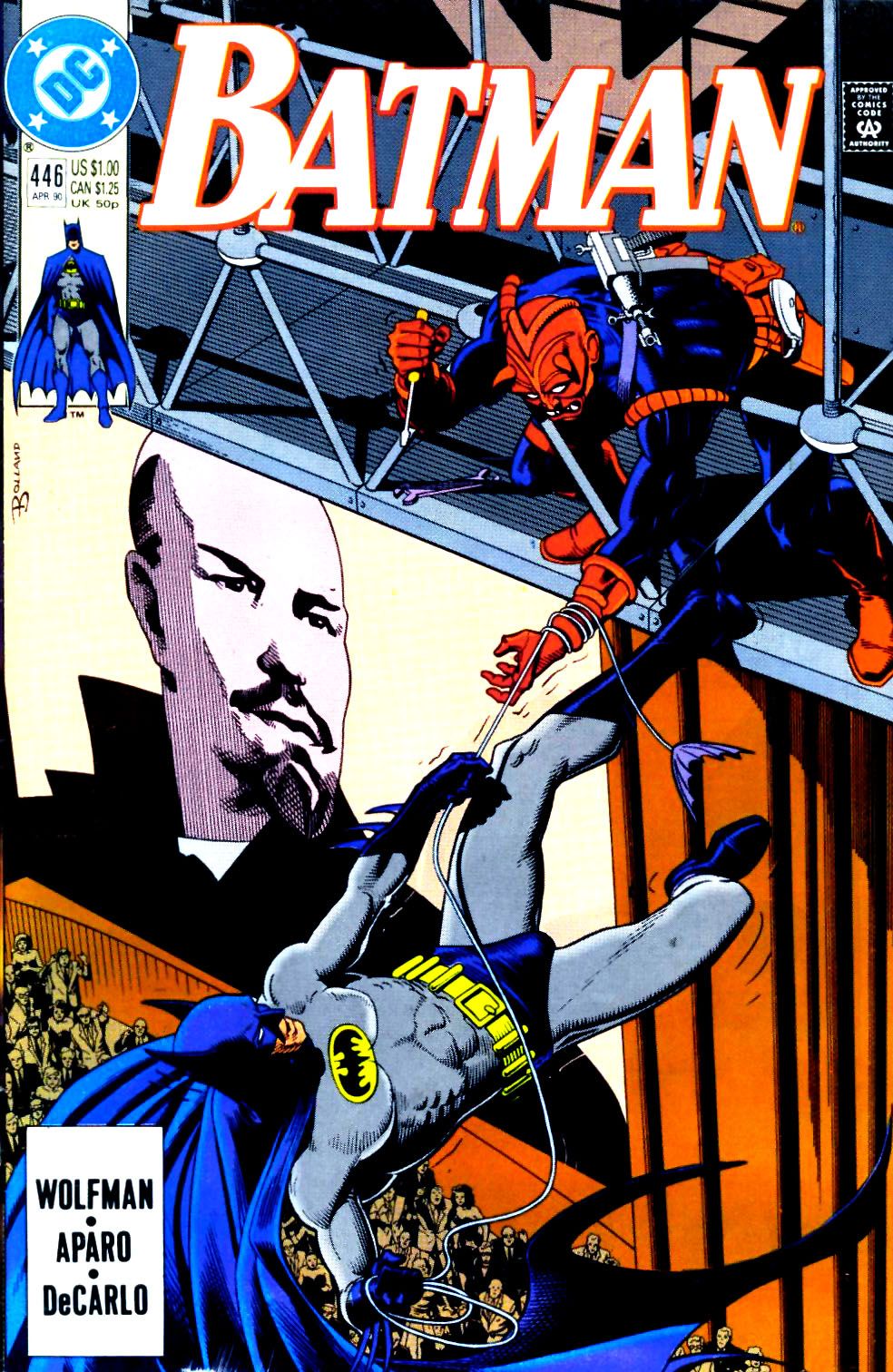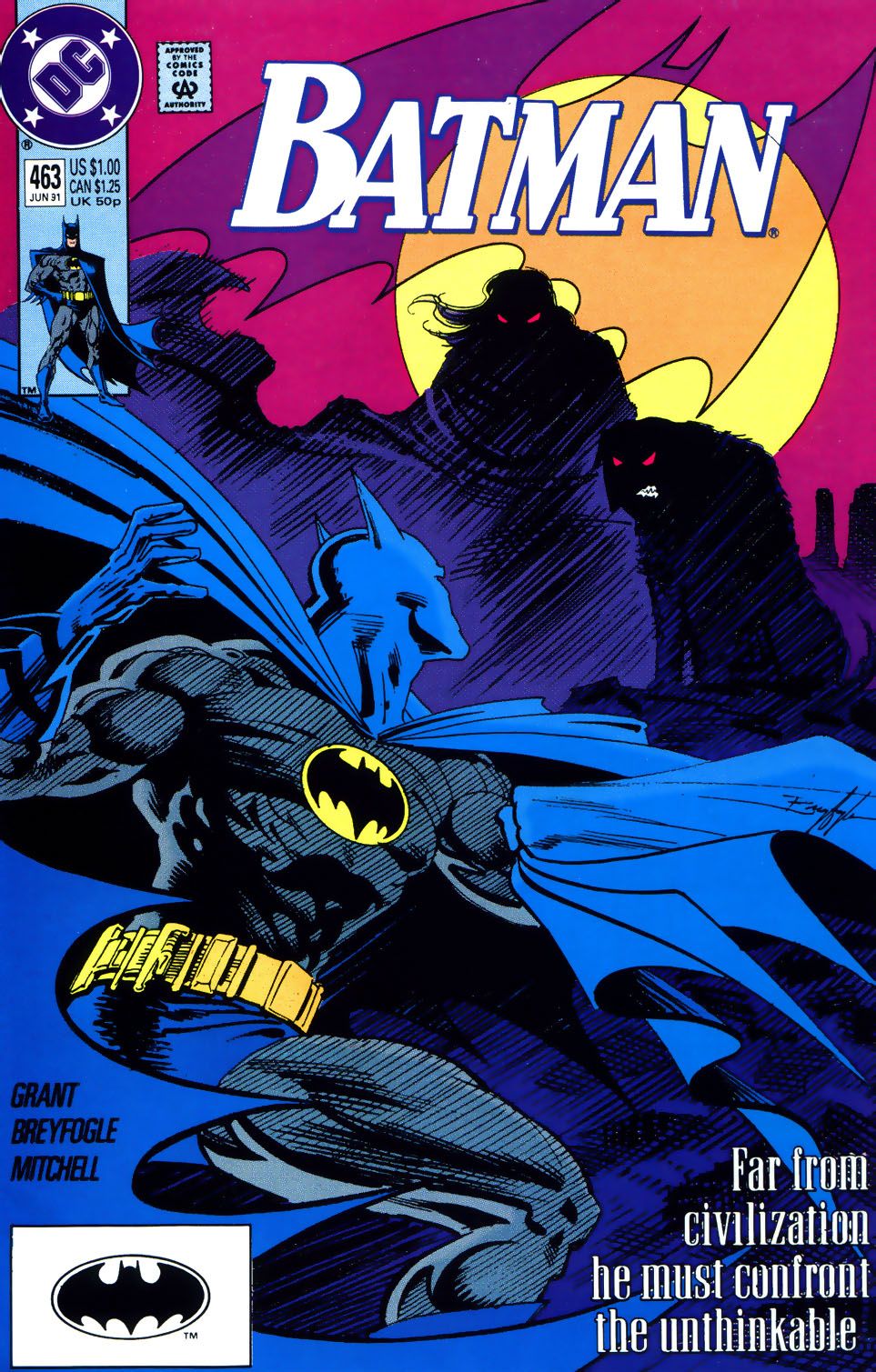Comic Book Questions Answered - where I answer whatever questions you folks might have about comic books (feel free to e-mail questions to me at brianc@cbr.com).
Reader Andy S. wrote in to ask why Marvel Comics always used to have a picture of Spider-Man's face on the bottom left hand corner of the comic book.
The answer is a simple, but interesting one. It has to do with the difference between Newsstand Sales and Direct Market sales. Each type had their own bottom left hand corner box. Look at these two versions of "Uncanny X-Men" #207...
The one on the left is the newsstand version of the issue and the one on the right is the direct market version.
Why two versions?
Well, for years, comic books were sold only on newsstands. You know, spinner racks, magazine stores, etc. The stores would return their unsold copies just the same way that they currently return unsold copies of newspapers and magazines.
This is how comics looked at the time, like "Fantastic Four" #1...
And for years, that's what comics looked like. No corner boxes on the bottom of the comic book at all.
This stayed the same all the way through the mid-1970s...
In 1974, though, the Universal Product Code (UPCs) was officially introduced. This was a way for stores to track products easily for sales by using scanners that would just scan the code and enter that price into the register (instead of the cashier manually adding in each price). Newsstands and magazine stores used these scanners, so by 1976, comic book companies had to begin adding UPCs to their books. Here's the first issue of "Fantastic Four" to have a UPC...
And so things went for the rest of the decade. However, by the late 1970s, an interesting phenomenon known as the direct market had been introduced. This was something that allowed stores to buy their comics directly from comic book publishers at a larger discount, but without the ability to return unsold copies. It was a good deal for retailers (as they had a greater discount, so paid less for the books) and for the comic book companies (as they still made more money because they wouldn't have to eat the unsold copies). It wasn't great for the magazine stores and newsstands, though, of course. At least the ones that still cared about comic books in the late 1970s (sales had been down a lot in the decade, so many newsstands and magazine stores were cutting back on their orders period).
One issue that they had in particular were stories about newsstand retailers ordering comics from the comic book company directly (through a direct market distributor) and getting their 50% discount and then returning the unsold copies to their newsstand distributor for credit (which would be slightly more than than what they paid for the books). So it was sort of a win-win situation for them, and thus a lose-lose for the stores that didn't use the direct market.
So Marvel came up with a solution. They would mark the direct market copies so that retailers could not return them. In 1979, they introduced this new set-up with a very simple solution, crossing out the UPC...
But soon, Jim Shooter came up with a better idea. For the direct market editions, they would have a unique Spider-Man drawing on the cover in the bottom left hand corner box (they could also just leave off the box entirely, but artists were already designing their covers with the knowledge that the bottom left hand corner was going to be covered by a newsstand copy on a goodly percentage of the comics made, so it was just as easy to simply work the box into the cover, since it was essentially already worked in).
It stayed that way throughout the 1980s, with a slight change when Spider-Man changed costumes...
When Shooter left, Marvel left the corner boxes up to individual editors. Most of the titles just kept with the Spider-Man corner box, as eh, why not? It was the easiest thing to do, after all, like "Uncanny X-Men" #255...
but some titles would just let whoever the artist was on the book draw something unique to that book, like this Todd McFarlane drawing on "Amazing Spider-Man" #323...
but most everyone went with the same basic stuff, typically celebrating anniversaries, like Captain America's 50th anniversary...
Fantastic Four's 30th anniversary...
Spider-Man's 30th anniversary...
Avengers' 30th anniversary...
X-Men's 30th anniversary...
The issue, though, was by 1993, plenty of specialty comic book stores had begun using cash registers that had UPC scanners, as well, and they did not like the fact that they weren't able to use them on their comics, so Marvel finally added UPCs on their direct market copies, just with a notation saying that they are direct market editions...
While the newsstand versions said nothing...
That is basically the system that continues to this day.
Oh, and if you were curious what DC Comics was doing during this same time, here is a sampling of their left hand corner boxes during the 1980s and early 1990s...
It was interesting that, for a time, they had creator credits only on their direct market books.
Anyhow, I assume that this answers your question, Andy! Thanks for writing in! If anyone else has a question, feel free to write in to brianc@cbr.com!

